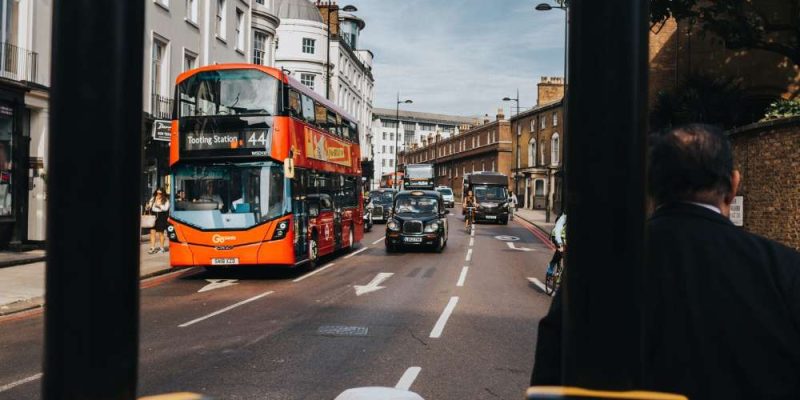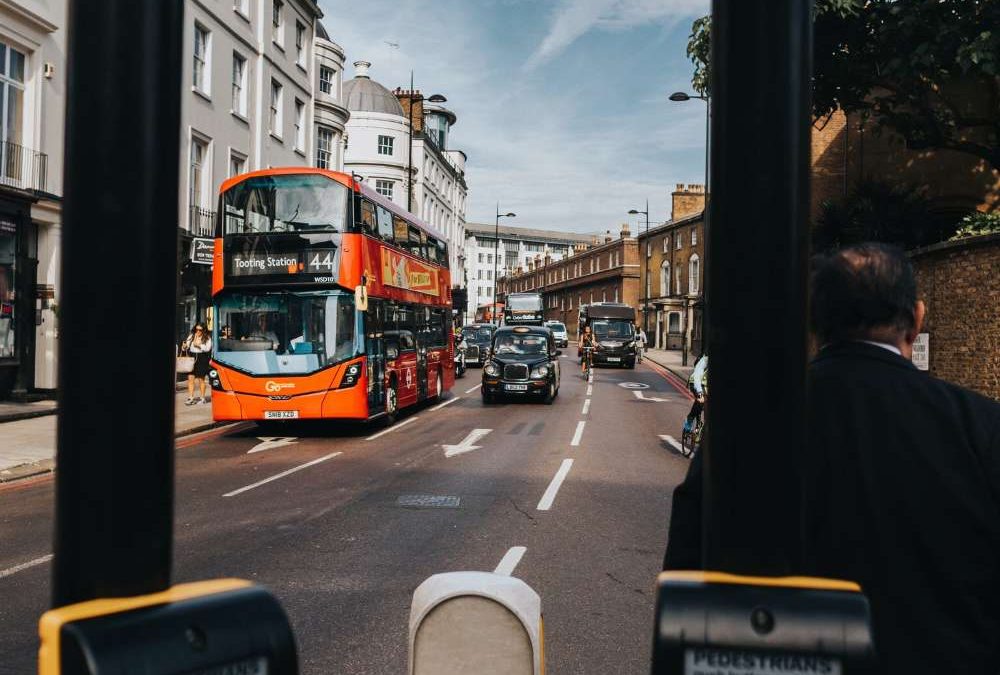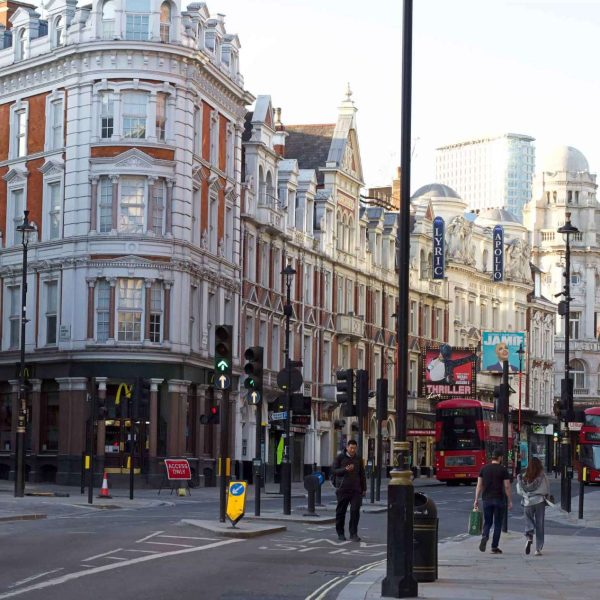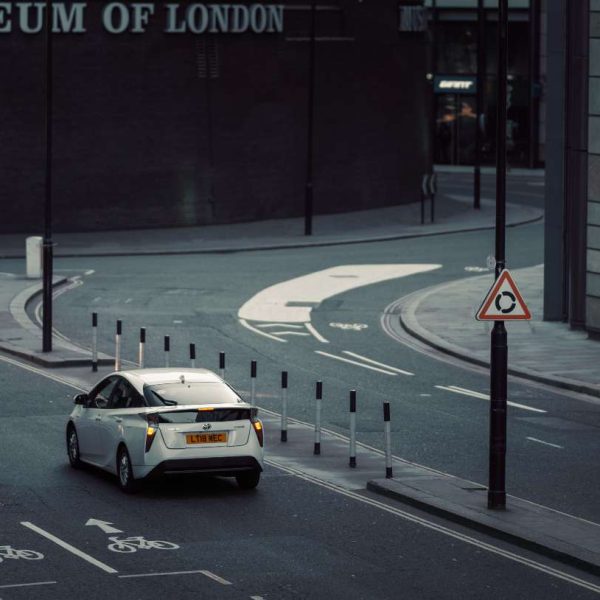
Traffic Island Design: How Architects are Making Roads Safer
Traffic island design plays a crucial role in ensuring road safety by creating designated spaces in the middle of roads that separate traffic and provide a safe crossing point for pedestrians.
These islands also serve the purpose of controlling the flow of traffic, thereby reducing the risk of accidents. Architects are at the forefront of this design process, carefully considering various factors such as the environment, community needs, and the safety of both drivers and pedestrians.
Designing a traffic island involves a complex process that requires thoughtful planning and consideration. First and foremost, architects need to ascertain the purpose of the island. Is it primarily intended to provide a safe crossing for pedestrians or is it primarily focused on traffic management? Once the purpose is determined, the size and shape of the island can be established. Factors such as the volume of traffic passing through the area and the available space will influence the size and shape of the island.
Selecting the appropriate materials for constructing the traffic island is another crucial aspect. Common materials include concrete, asphalt, and brick, each with its own advantages and disadvantages. The choice of material depends on the specific purpose of the island and the available budget. Architects must carefully consider the durability, maintenance requirements, and overall aesthetics of the chosen materials.
In addition to materials, the placement of signs and other features greatly contributes to the effectiveness of traffic island design. Signs should be strategically placed to ensure maximum visibility for both drivers and pedestrians. Clear and concise information displayed on the signs can help guide road users and prevent confusion or misinterpretation. Furthermore, features such as guardrails, curbs, and lighting must also be thoughtfully incorporated into the design to enhance safety.
The impact of well-designed traffic islands on road safety cannot be understated. By considering the purpose of the island, the materials used, and the placement of signs and other features, architects can create traffic islands that are not only safe but also efficient in improving overall road safety.
One emerging trend in traffic island design is the use of sustainable materials and green infrastructure. With increasing awareness of the environmental impact of construction projects, architects are exploring ways to incorporate eco-friendly materials such as recycled materials or permeable pavements into the design of traffic islands. These sustainable design elements can help mitigate the environmental impact and promote a greener and more sustainable transportation system.
Another innovative approach to traffic island design is the concept of “smart islands.” These islands incorporate advanced technology and sensors to monitor traffic flow in real-time. By collecting and analyzing data, smart traffic islands can dynamically adjust traffic signals and signage, optimize traffic flow, and respond to changing road conditions. This technology-driven approach has the potential to greatly improve the efficiency and safety of traffic islands, ensuring a smooth and safe traffic experience for all road users.
Furthermore, the aesthetic aspect of traffic island design should not be overlooked. Architectural creativity can transform traffic islands into visually appealing features adding beauty to the urban landscape. From incorporating artistic elements into the design to selecting decorative materials, architects have the opportunity to make traffic islands not only functional but also aesthetically pleasing.
In conclusion, traffic island design is a vital component of road safety. Architects play a vital role in ensuring the effective design of traffic islands by considering various factors such as the purpose of the island, the materials used, and the placement of signs and other features. Incorporating sustainable materials, exploring smart technologies, and embracing aesthetic creativity are some of the innovative approaches that architects can adopt to enhance the effectiveness and appeal of traffic island design. Ultimately, their efforts contribute to creating safer roads for everyone.
















